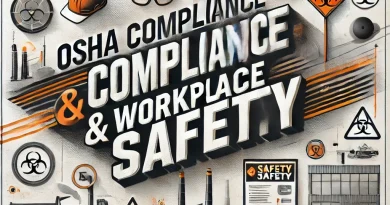Scaffolding Accidents Through History: Shocking Facts & Statistics

Scaffolding has been used in construction for many years to allow workers access to heights in a safe manner. When safety is neglected, injuries and fatalities from scaffolding accidents are often catastrophic. Today’s post reveals the history of scaffolding accidents, their causes, and shocking statistics behind them. We answer questions such as:
- What are the accidents of scaffolding?
- What is the most common scaffold incident?
- What is the main cause of death in scaffolds?
- What are the main hazards of scaffolding?
Key Scaffolding Accidents in History
Below are some notable scaffolding-related incidents that shaped construction safety protocols over time:
1. Willow Island Disaster (West Virginia, USA – 1978)
- Description of incident: The scaffolding collapsed along with newly poured concrete during the construction of the Pleasants Power Station.
- Casualties: 51 laborers died.
- Cause: Poor scaffolding design and an insufficiency of time to cure the concrete.
- Impact: This accident remains one of the deadliest in the history of U.S. construction.
2. Manila Film Center Collapse (Philippines – 1981)
- Incident: Scaffolding failure buried workers under wet cement.
- Casualties: Officially seven were killed, but reports put the number of dead higher.
- Cause: Pressure for timely schedules and lack of concern for safety.
- Impact: Emphasized the risks of prioritizing deadlines over safety.
3. Jordan Gate Towers (Amman, Jordan – 2006-2009)
- Incident: The scaffolding collapse resulted in several accidents; the partial collapse of a storey took place in 2006.
- Casualties: Two dead, 25 injured.
- Cause: Structural failures coupled with poor standards of safety.
- Impact: Showed the high demand for strict safety precautions in mega-projects.
4. Fengcheng Power Plant Collapse (Jiangxi, China – 2016)
- Incident: Scaffolding failure while building.
- Casualties: 74 workers killed.
- Cause: Poor practices, coupled with a lack of oversight.
- Impact: Spurred tougher safety regulations in China.
5. Macquarie Park Scaffolding Collapse (Sydney, Australia – 2019)
- Incident: An 18-year-old apprentice died when overloaded scaffolding collapsed.
- Casualties: One dead, another worker trapped.
- Cause: Overloading, removal of stabilizing ties.
- Impact: Spurred calls for industrial manslaughter laws in NSW.
6. Can Tho Bridge Collapse (Vietnam – 2007)
- Incident: Scaffolding failure during bridge construction.
- Casualties: 52 killed, 82 injured.
- Cause: The scaffolding, much weakened by heavy rain.
- Impact: It had shown the importance of weather preparedness.
Frequently Asked Questions About Scaffolding Hazards
What are the accidents of scaffolding?
Accidents in scaffolding include collapse, falls, and structural failure. Overloading, faulty assembly, and adverse weather conditions are the common causes that lead to such accidents.
What is the most common scaffold incident?
The most common scaffold-related incidents are falls, which generally occur due to missing guardrails, unsecured planks, or failure to use harnesses properly.
What is the main cause of death in scaffolds?
Falls from the height are still considered to be the leading cause of deaths in scaffolding accidents.
What are the main hazards of scaffolding?
- Falls from height.
- The collapsing of structures that may arise because of poor design or overloading.
- Falling debris may injure persons below.
- Electrical hazards due to proximity to power lines.
Shocking Statistics
- WHO: Falls are one of the three leading causes of work-related deaths worldwide.
- OSHA US: 65% of construction workers use scaffolding regularly.
- Recent Trends: Despite the advances, scaffolding-related incidents still account for a fair percentage of construction injuries.






